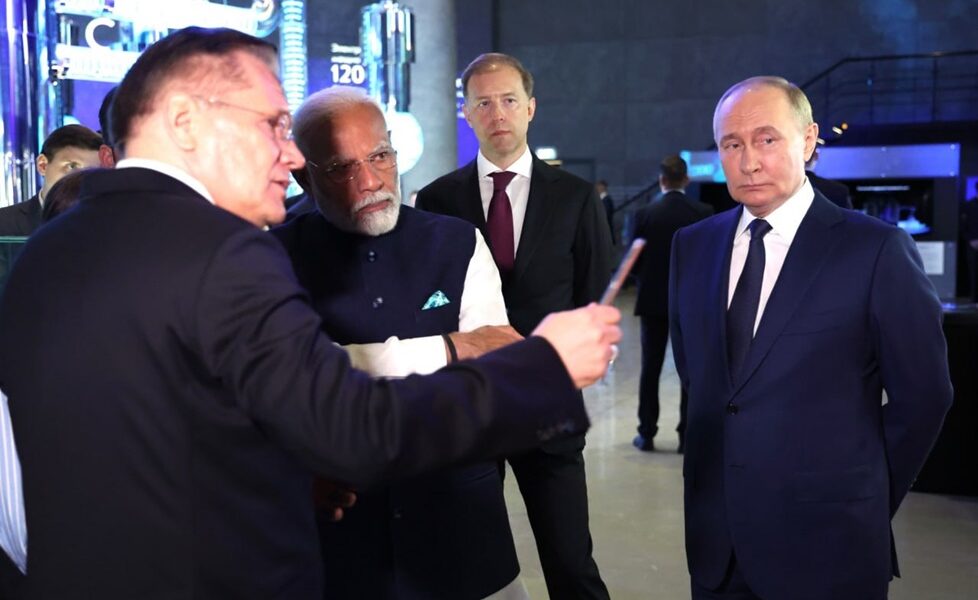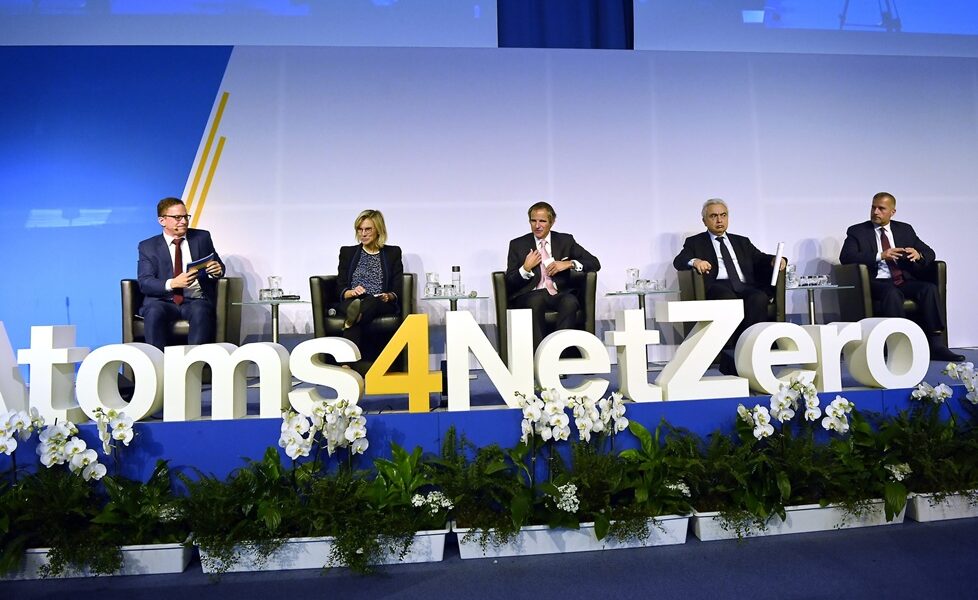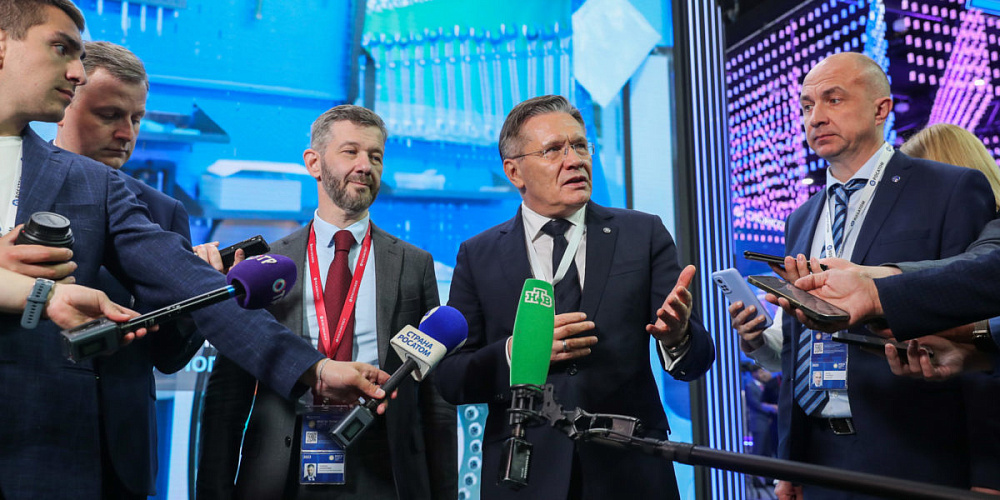During the visit, President Putin and Prime Minister Modi explored the "Modern Nuclear Industry" exposition, which featured interactive stands highlighting Russian-Indian cooperation in nuclear energy.
In the section dedicated to non-energy applications of nuclear technologies, Putin and Modi learned about the potential for water desalination, irradiation of seeds and food products to improve quality, transportation of goods from India to Europe and Russia via the Northern Sea Route, and the capabilities of a floating nuclear power plant. Additionally, a video showcased the construction of the Kudankulam nuclear power plant, personnel training for the Indian nuclear program, and the supply of isotopes for the Indian lunar program and medical applications.
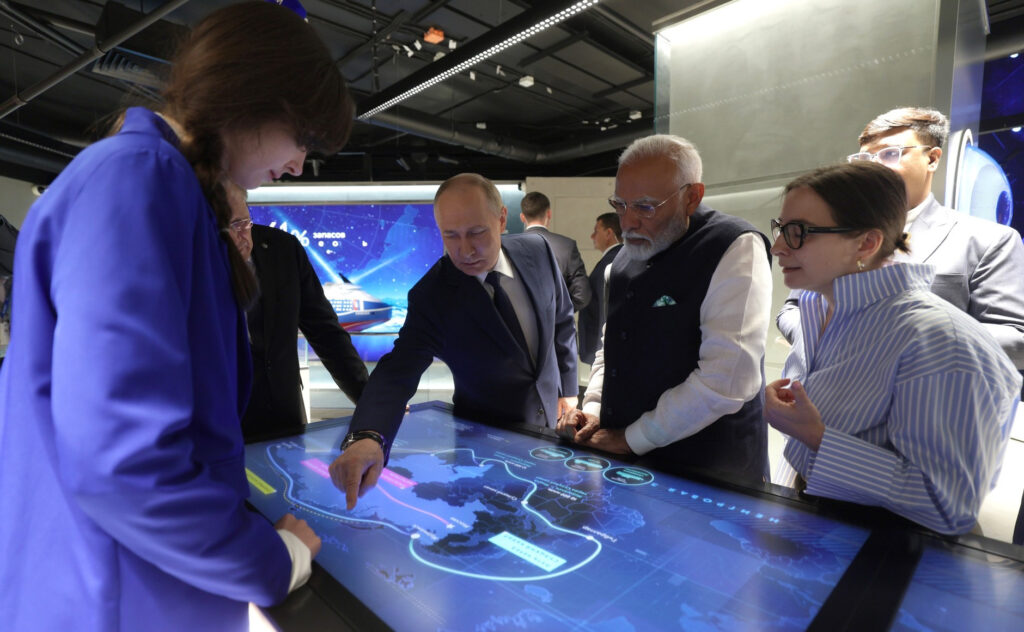
The visit concluded with a tour of the "Atomarium" exhibition, followed by a discussion with Russian and Indian students.
Reference
History of cooperation
India was one of the first countries to realize the prospects of the peaceful atom: The Atomic Energy Commission of India was established in 1948. In 1955, on a historic visit to the USSR the first Prime Minister of independent India, Jawaharlal Nehru, came to see the world's first nuclear power plant in Obninsk and left a note in the honorary guest book: "…I have seen a future that is already unfolding".
An intergovernmental agreement on the construction of Kudankulam NPP was signed on November 20, 1988 between the government of the USSR and the government of the Republic of India. Mikhail Gorbachev signed the Agreement on behalf of the Soviet Union and Rajiv Gandhi signed it on behalf of the Republic of India. On June 21, 1998, an Addendum to the Intergovernmental Agreement was signed. The Addendum was signed on behalf of the Russian Federation by Evgeny Adamov, Minister of Atomic Energy of the Russian Federation, and on behalf of India by Rajagopala Chidambaram, Secretary of the Department of Atomic Energy of the Republic of India.
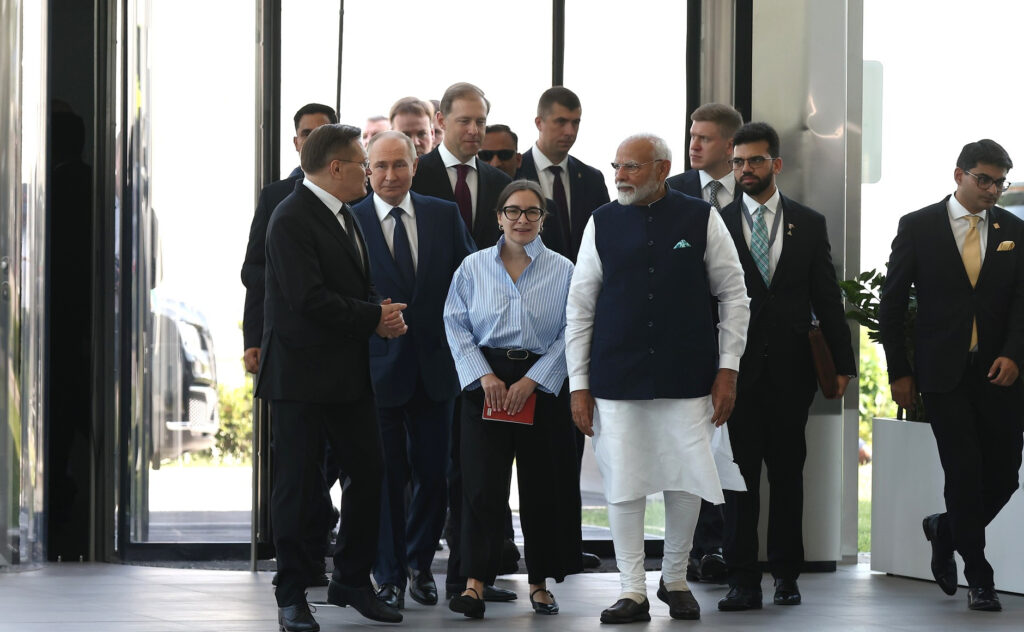
Russia helped India by becoming a reliable supplier of fuel for NPPs.
In time of the nuclear embargo, which was in force against India until 2008, Russia supported India. In 2001, by an order of the Russian Government, the first shipment of fuel pellets for BWR reactors, operated at Tarapur NPP in Maharashtra, was made to India. The second batch of fuel pellets was delivered under an order of the Russian Government in 2006.
The experience of making fuel pellets for foreign-designed reactors – BWR and PHWR – formed the basis for further development of commercial relations between TVEL JSC and the Department of Atomic Energy of the Government of India. The supply of nuclear materials to India continued after the embargo was lifted in 2008, in particular, uranium fuel pellets for the fabrication of nuclear fuel for Tarapur NPP and Rajasthan NPP (BWR and PHWR reactors).
Construction of Kudankulam NPP
The construction of Kudankulam NPP, which started in 2002, is a flagship project of Russian-Indian technology and energy cooperation. The nuclear plant has become a symbol of fruitful cooperation between our countries, and its six power units lay a solid foundation for India's energy independence, economic growth, and sustainable development.
The customer and operator of the plant is Nuclear Power Corporation of India Ltd (NPCIL). The project is being implemented on a technical assistance basis: the Russian party designs the plant, supplies basic and some auxiliary equipment, and provides technical support at all stages of construction and commissioning. Construction and installation, commissioning, and operation of the units are the responsibility of the Indian party.
The "heart" of Kudankulam NPP power units are Rosatom's VVER-1000 reactors which have already proven their efficiency and reliability in the operation of reference power units both in Russia and overseas: VVER-1000s are in operation at Kudankulam NPP in India, and Tianwan NPP in China.
Kudankulam NPP Units 1 and 2 were connected to India's national grid in 2013 and 2016. Four more similar units are under construction. After commissioning of all six power units, Kudankulam NPP will provide 50% of the electricity needs of Tamil Nadu with a population of 72 million people, as well as one-third of the needs of neighbouring regions – the states of Karnataka, Kerala, and the Union Territory of Puducherry (the total population of these regions is about 100 million people). Kudankulam NPP is being supplied with fuel of advanced type TVS-2M for planned smooth conversion to an 18-month fuel cycle. Operation in longer fuel cycles will improve the economic efficiency of the nuclear plant compared to the traditional 12-month fuel campaign.
The Kudankulam project laid the foundation and predetermined the multifaceted nature of cooperation between Russia and India in the peaceful use of nuclear energy.
Our cooperation extends beyond India's borders. Indian companies are participating in Rosatom's project to build Bangladesh's first nuclear power plant, Rooppur. In particular, Paharpur Cooling Towers is building all 4 cooling towers and 2 pumping stations of the power units.
New areas of cooperation are also being discussed. This includes the construction of six more Russian-designed large-capacity units at a new site in India and Russian-designed small-capacity nuclear power plants (SNPPs). Cooperation in the area of nuclear fuel cycle closure is seen as promising.
A traditionally important topic is the serial construction in India of Russian-designed large-capacity NPP power units based on the VVER-1200. The specialized organizations are in the process of preparing terms of reference for the construction in India of a new NPP of Russian design with VVER-1200 reactor plants.
A new direction is small-capacity nuclear power plants (SNPPs). In April 2024, information on Rosatom's solutions in the field of floating NPPs was presented to partners from India.
Russia and India have a great potential for developing cooperation in science and technology, including in controlled thermonuclear fusion and within the framework of a Russian project of a multipurpose fast neutron research reactor which is being built in Dimitrovgrad, Russia.
In 2016, Rosatom supplied curium-244 isotope for APXS X-ray spectrometers used in India's lunar exploration space program.
The development of cooperation in the field of non-energy applications of nuclear technologies includes in particular the supply of isotope products, which are used for the diagnosis and treatment of oncological and cardiac diseases.
A new area of mutual interest is quantum technologies. Rosatom and Indian enterprises are actively exploring the outlook for cooperation in quantum computing, including the creation of quantum computers.
At the same time, there is an ongoing dialog with Indian partners to jointly develop the transit potential of the Northern Sea Route (NSR). Specialized organizations of Russia and India are discussing a possibility of systematic supplies of Russian energy resources (oil, coal, and LNG) from north-western ports of Russia via the NSR to ports of India with transshipment in Russian Far Eastern ports. Options for cooperation are being worked out within the framework of the Euro-Asian Container Transit project, aimed at organizing a pilot line for international container transit through the NSR.
Cooperation in education and training
Since 2015, Indian nationals have been selected under quotas from the Russian Ministry of Science and Higher Education to study nuclear and nuclear-related specialties at Russian universities.
From 2015 through 2023, about 30 quotas were allocated by Rosatom. At present, 70 students from India are studying at MEPhI National Research Nuclear University under all programs and forms of education (state-subsidized and contract-based training).
About 200 Indian professionals have completed education and training in Russia at Novovoronezh Nuclear Power Plant.
About the Atom pavilion
The ATOM pavilion is an exhibition and educational complex with Russia's largest and most modern exposition dedicated to nuclear energy. It was built with Rosatom's support and is located in the historical centre of VDNKh – on the Main Alley. Its total area is 25 thousand square meters. It is a unique architectural structure of 7 floors, three of which are underground. Panoramic 12-meter glazing creates a maximum open space and visually unites the hall and the territory of VDNKh. The pavilion's exposition is divided into several sections telling about different stages of nuclear power development, as well as its latest achievements.
The ATOM pavilion opened its doors on November 4, 2023 – simultaneously with the start of the International Exhibition and Forum RUSSIA. In eight months, ATOM, built with Rosatom's participation, was visited by about 1.7 million people. As a result, it took a position as the leading museum and exhibition complex in the country, standing on a par with the Russian Museum in St. Petersburg and the Tretyakov Gallery in Moscow.

